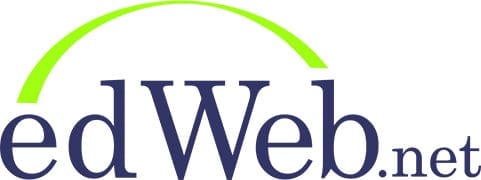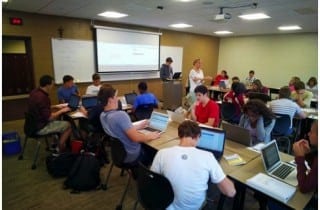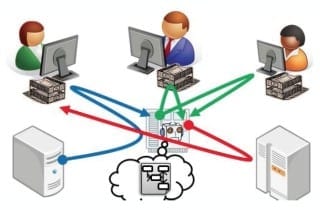The old way of leading a school sometimes involved sending out newsletters once a month to parents, and checking off a list of “to do’s” at monthly faculty meetings. For some leaders though, that wasn’t enough. They wanted to go deeper in their involvement in the school community, and take risks with how they communicate with all stakeholders. It involves flipped leadership.
Today’s learners, or Millennials, want to rewrite the rules, and collaborate to solve problems. They see institutions as irrelevant, but they also want structure and boundaries. This presents an interesting challenge for school leaders as we attempt to provide creative learning environments for today’s students and staff.
edWeb community, EdTech Innovators, presented a wide-ranging May webinar, in which presenter, JD Ferries-Rowe discussed how he, as CIO of Brebeuf Jesuit Preparatory School, Indianapolis, IN, brings together BYOT, hands-on PD, and flipped learning to help teachers create a mobile and dynamic classroom experience.
Leading mobile learning initiatives requires careful planning and attention to the details to help ensure success. With the recent notable implementation nightmares with mobile learning technologies, school leaders are left wondering if the move to this technology make sense. Implementation of iPads in the 1:1 model can be done with great success.
Webinar Presenter, Dr. Joe Mazza, Director of Connected Teaching, Learning & Leadership at North Penn School District in Lansdale, PA, discussed what a director of connected teaching, learning and leadership does, and how he came to be one. He shared the tools that he used to create a connected and transparent learning environment in his district, and also discussed how social media can expand educators PLNs and help them share ideas with dedicated and innovative peers around the world.
For the past 4 months, I’ve been working in a new role in my school district building capacity across 2500 teachers, 100 administrators and 13,000 students for connected teaching, learning & leadership.
In a time when budgets are tight and schedules are even tighter, educators must be creative and agile as we seek ways to connect with families and fortify the essential home-community-school relationship that best supports kids. Schools must differentiate outreach efforts to meet families where they are – in the same way teachers must differentiate for students with diverse needs.
While schools are aggressively slashing budgets to make ends meet, many districts still feel compelled to spend on professional development programming and accreditation review. Therein lies an opportunity for school librarians to help districts reduce costs while increasing the library program’s visibility.
School leadership can be challenging, and leadership at a virtual school can present its own set of challenges. Whether it’s working with remote faculty members or statewide enrollments, evaluating the performance of virtual instructors, or partnering with hundreds of brick and mortar schools – being a virtual school leader can be a much different experience than leading at a traditional school.
Branding is key. Telling our stories is critical! Why should we allow people to create their own perceptions, which could be rooted in misinformation, based on word of mouth or what is published in the local paper?











